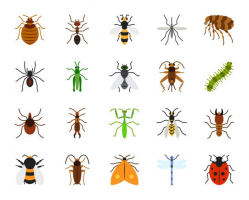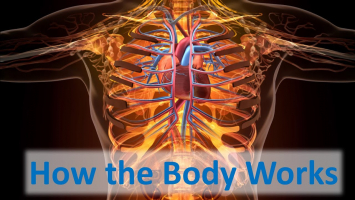Top 16 Questions About Pets Answered
Any animal maintained by humans as a source of company and enjoyment is referred to as a pet. While a pet is typically kept for the pleasure it may provide its ... read more...owner, this pleasure appears to be mutual in many cases, particularly with horses, dogs, and cats, as well as certain other domesticated animals. As a result, pet ownership may be regarded as a symbiotic connection that benefits both animals and humans. Pet keeping appears to satisfy a fundamental, universal human need, as it has been performed from prehistoric times to the present and as pets are found in practically every culture and community. Here are some answers to some of the most often asked questions about pets.
-
Pets are an important part of many people's lives across the world, and a developing economy frequently equals an increasing pet population. Dogs and cats are the most popular pets in the United States and across the world. Despite the fact that certain Asian nations are heavily populated, there aren't as many pet-owning households as in other areas of the world. In Islamic tradition, dogs are shunned as unclean and dangerous, and thus it has never been common for people in the Muslim world to own pets. However, in Saudi Arabia and Egypt it has become fashionable among the upper class to own dogs and cats.
Because many African nations have not been thoroughly studied, it is impossible to estimate how many Africans keep dogs. Ethiopia has an estimated 5 million dogs and just 250,000 cats. South Africans also prefer dogs (7.4 million) to cats as pets (2 million). Pet ownership in Australia is lower than in other countries due to rigorous pet restrictions and laws (only 3.5 million dogs and 2.4 million cats). The World Society for the Protection of Animals (WSPA) conducted the largest pet ownership study in Europe to date (2008), and discovered an estimated 6.7 million pet dogs and 9.8 million pet cats. Argentina has the highest pet ownership rates in South America: a whopping 80% of the residents polled reported in as pet owners. Brazil comes in at a close second with 75%.
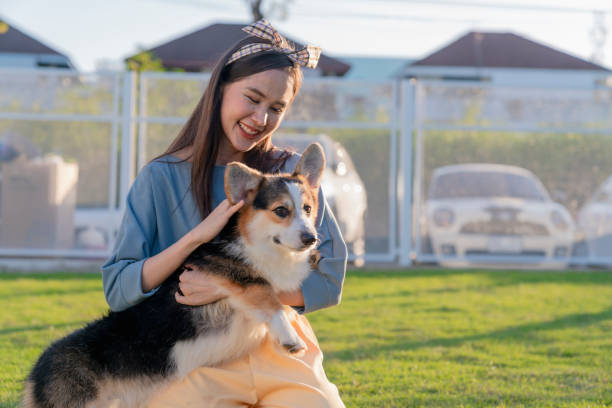
istockphoto 
istockphoto -
Americans have an amazing fondness for cats, dogs, and other unusual and intriguing creatures. They make excellent friends, are entertaining to be around, and provide solace on lonely days. Popular pets like dogs and cats have been human companions for as long as we can remember. Even in paleolithic times, they served as hunting companions and household pets. Their importance cannot be overstated, and that is why 57% of most American households have at least one pet. Dogs are the most common home pet in the United States.
According to the American Veterinary Medical Association (AVMA), there are approximately 76 million companion dogs in the country, with 48 million families caring for them. This indicates that each home has an average of 1.5 dogs. According to the statistics, their popularity is understandable; after all, they are man's closest friend. They are simple to care for, communicate with, and make excellent companions for both youngsters and adults.
Cats come in second only to dogs. The English imported them to North America to assist eliminate the rodent issues that plagued the east coast. They are now widely domesticated and adored by most animal enthusiasts because to their intrinsic curiosity, cuteness, and playfulness. According to the AVMA, there are around 31 million cat-owning families in America, with over 58 million total felines.
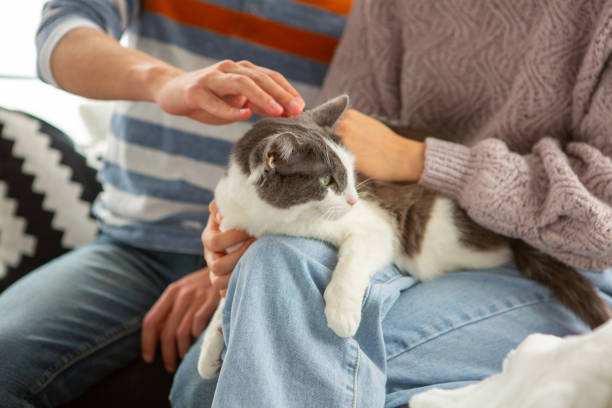
istockphoto 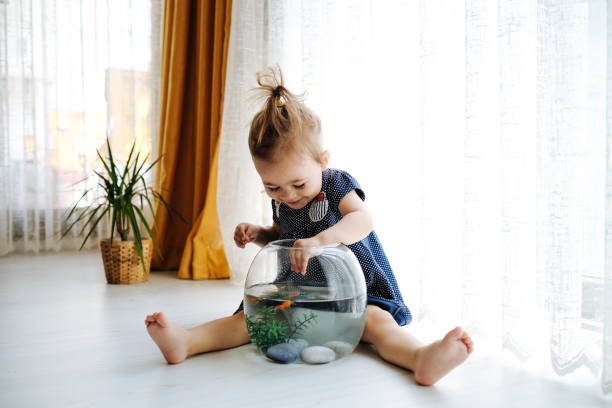
istockphoto -
Dogs wag their tails to signal that they are joyful. The most likely reason your dog wags its tail when it sees you is because it is happy to see you. This would be especially likely if it did it after having been fed and exercised. Another reason your dog may do it is to see what you are doing. This is more likely if your dog wags its tail more when you get home and less when you leave.
Another possibility is that your dog anticipates receiving treats from you. This is more likely if your dog does it after it has been eaten and before it has been exercised. Its separation anxiety might possibly be a contributing factor. This is more likely if your dog becomes uneasy when you leave it and does things like pace or cry when you leave. If your dog did not always wag its tail when it saw you, think about what happened when it first started doing so. If you have not owned your dog for long, it could actually be a sign that it has become more comfortable around you.
A dog with a loosely waving tail is typically "expressing" that he is friendly or eager, according to researchers. A wagging tail, however, is not necessarily a sign of friendliness: an aggressive dog may lift its tail high and wag only the tip, whereas a meek or fearful dog may keep its tail low and wag stiffly. Look for these signs in your dog. Before approaching anybody else's pet, ask the owner for permission to pet the animal.
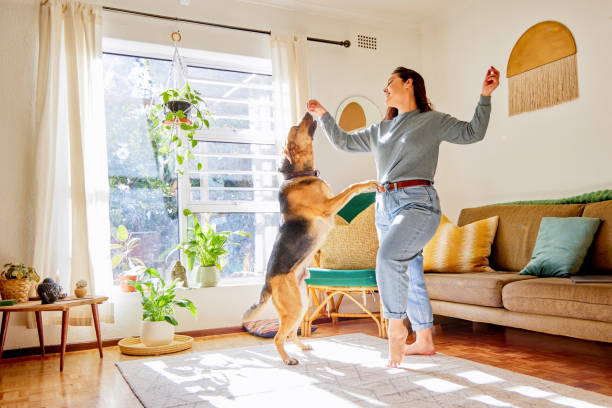
istockphoto 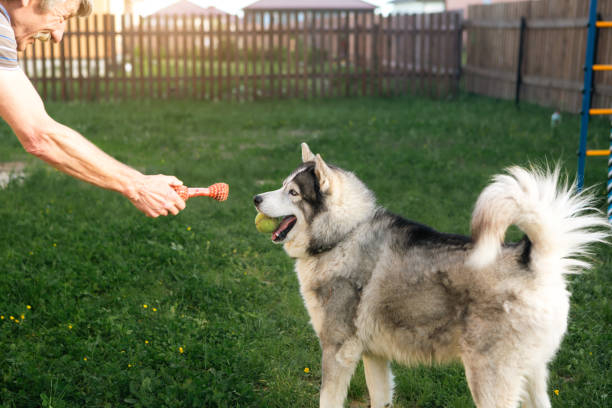
istockphoto -
In fact, yipping and yowling are two ways that dog barks convey enthusiasm to one another. These barks are often high-pitched or medium in pitch, and your dog will give out one or two at a time until the enthusiasm subsides. Barks are frequently accompanied by a wagging tail and an alert—but happy—body posture. It's also usual for children to whirl in circles or tap their feet fast. This demonstrates their enthusiasm and should express to you: let's get started!
When a dog needs your attention, he or she may bark at you. This sort of barking is usually a long series of single barks with pauses in between. Depending on the dog and the scenario, they may be requesting a stroll or food. Dogs who are bored may bark to catch your attention or to engage you in playfulness. Destructive habits may arise if a dog is not properly cognitively and physically stimulated. Daily walks, dog puzzles, quality time, and doggie day care may all help to keep your dog entertained. Some astute dogs will bring an obvious suggestion, such as a ball or a leash.
When there is an obvious trigger, such as a strange person entering the home, another dog nearby, or being trapped in a position with no visible escape path, defensive barking is commonly heard. When dogs are in agony, they will bark. This conveys to their pack that they need help or that a specific activity is causing them pain and that they want it to cease. When an animal is accidently bumped during rough play or is assaulted by another animal, this form of barking is typical. The bark may be higher pitched and staccato, or it may taper off as the bark continues.
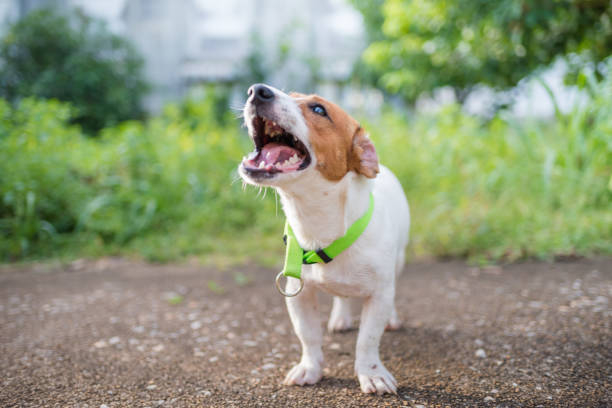
istockphoto 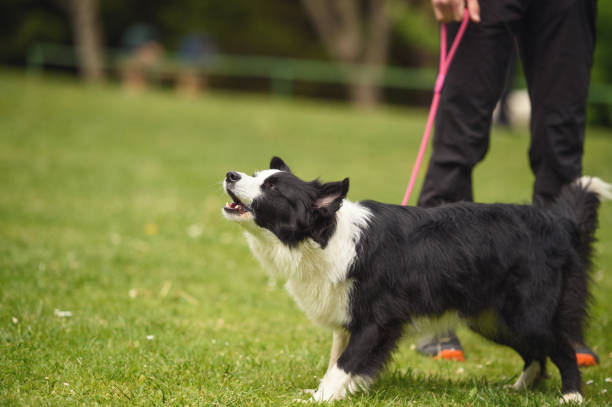
istockphoto -
The most typical reason you'll hear dogs howling is that they want your attention. Nothing captures a pet parent's attention faster than an eardrum-busting wail. Because people react instinctively to loud noises, you may be unknowingly encouraging this. So, when your dog howls, you respond, and the dog sees that they have your attention and that their howling is successful. Many pet owners find their dog's howling amusing or entertaining, thus a dog may see it as a technique to attract positive attention from humans.
Another reason a dog could scream is fear, specifically separation anxiety. If your dog starts howling every time you leave the house or when he is unable to reach you, he may be suffering from separation anxiety. The best way to cope with separation anxiety in dogs is to consult with a veterinarian who specializes in behavior disorders. Find a behavior specialist near you by visiting the American College of Veterinary Behaviorists. Dogs today still display some of this behavior. If you leave your home, your dog may howl to try to reestablish contact with you. If the howling persists after you’ve left, it could be a sign of separation anxiety. And sometimes dogs howl to establish their territory.
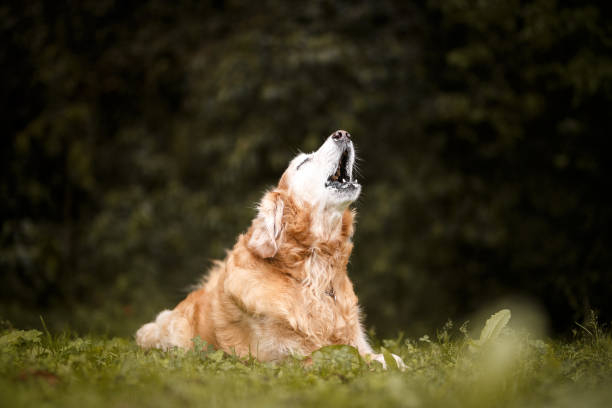
istockphoto 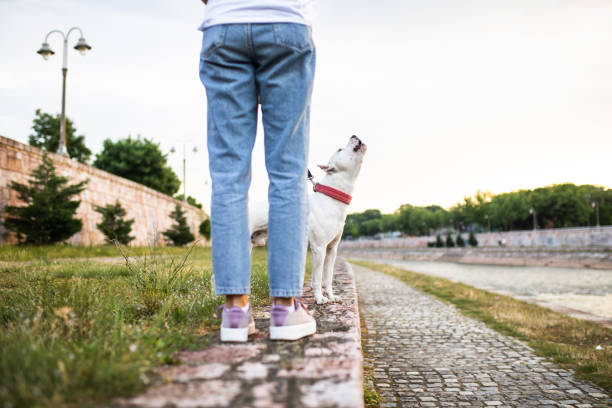
istockphoto -
This question has no conclusive answer because it is dependent on the particular dog. Some dogs may get hoarse as a result of excessive barking, while others may not. If your dog is barking excessively and their voice is becoming raspy or harsh, you should check with your veterinarian to determine if there is anything you can do to assist. When someone has hoarseness, their voice sounds raspy, breathy, or strained. A raspy voice can cause human social difficulties since it makes it harder for people to communicate efficiently. This problem may potentially be a sign of an illness or laryngeal injury.
A physical examination by your veterinarian may be able to detect whether or not these diseases present in your dog. If your dog has been barking and hoarse for a lengthy period of time, rub his throat gently with a warm cup of non-caffeinated tea and a few drops of honey. If your dog's hoarse bark is the result of a medical condition, take him to the vet as soon as possible. In a few aspects, hoarseness in dogs and people is comparable. Obstructions, masses, and toxicity are simpler to detect in a human throat than in a dog's throat. If you have hoarseness, you may have to pay a lot of money to get it cured. You will be able to avoid costly veterinarian care if you have pet health insurance.
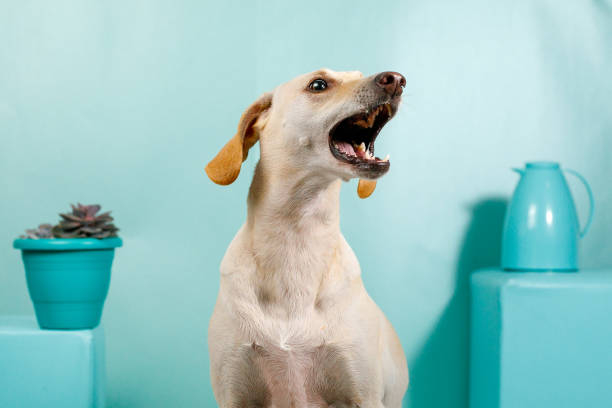
istockphoto 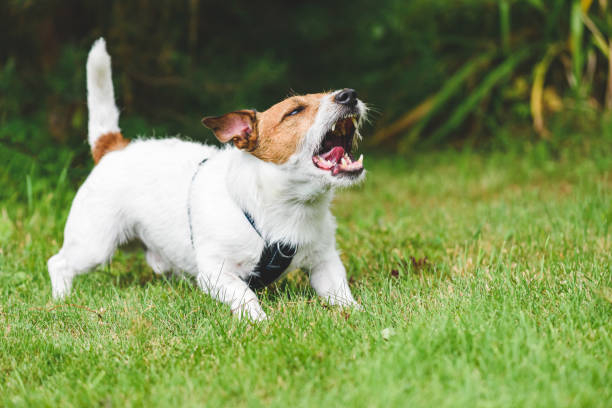
istockphoto -
The benefits of walking your dog every day include increased confidence. A regular routine can increase your dog's confidence, and your daily walk is an important component of that framework. A regular routine provides structure and stability for your dog, and consistency boosts confidence, especially in timid or scared dogs. Creating a regular schedule for your dog that includes exciting activities such as daily walks and interactive play is one of the greatest ways to keep your dog happy and confident.
Walking your dog will help them socialize by introducing them to new people, dogs, and situations. Although the bulk of socializing occurs when your dog is a puppy, it is critical to maintain those abilities by exposing your dog to new people and circumstances on a regular basis. Changing your route, such as travelling to a new neighborhood, path, or park, can expose your dog to a range of locations and scenarios. Remember to go slowly with timid or scared dogs to avoid overarousal.
Another reason to walk your dog every day is that it helps to strengthen your relationship with your dog. It's one little thing you can do every day that makes your dog happy. Spending quality time with your dog strengthens the relationship, and going for a daily walk is one of the most satisfying activities. Trust is an important aspect of the bonding process, and walking your dog every day demonstrates to them that you are someone they can rely on and trust for their everyday requirements.

istockphoto 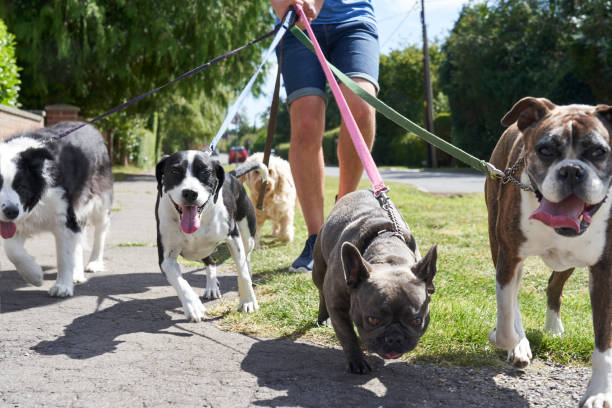
istockphoto -
Purring is typically used by cats to transmit happy feelings while grooming, resting, and feeling satisfied. Constant purring in kittens can occur during breastfeeding, however older cats will purr excessively when they are joyful, to self-soothe through stressful conditions, or to cope with physical pain. If your cat is always purring and you want to know why, all we have to do is dig right in!
A cat's purring is shrouded in mystery, but much like their meows, they can purr for a multitude of reasons. It's also worth noting that because there are several types of purrs, the sound may appear to be continuous. You might be able to hear your cat's faint purring if you put your head next to their tummy, or if it's loud enough, you might be able to hear it just by being close to each other. Cats will normally purr for a long time if they are in a peaceful atmosphere, surrounded by humans and other pets with whom they are happy and pleased.
Purring may appear to us as a steady sound, yet there are variances that serve a very precise purpose. One such variant may sound similar to the purr of contentment, but it also includes a high-pitched note. This purr is referred to as the Solicitation Purr, and an examination of the sound found that cats utilize it when they want something from their caregiver. It might be food, attention, or a desire to play, and it usually succeeds since this purr triggers a caring reaction from humans. While this lovely rumbling sound is generally linked with a happy cat, it may also act as a coping technique for our feline companions when they are not feeling well. You may have seen yourself chewing your nails or running up and down your apartment during stressful times; your cat does something similar by purring.
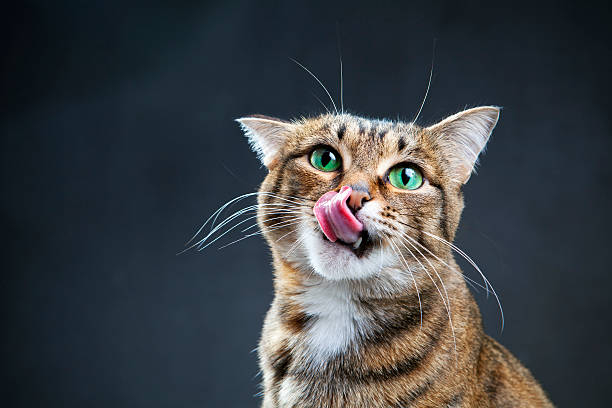
istockphoto 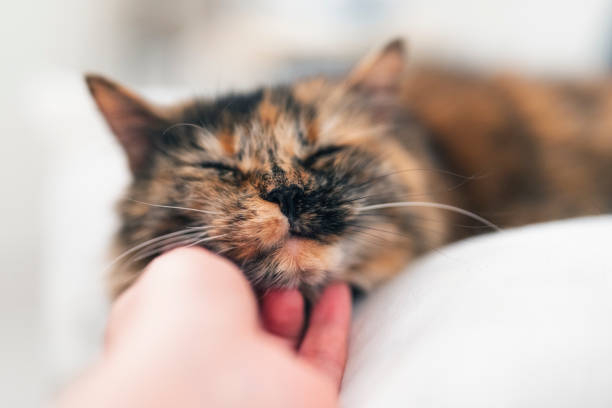
istockphoto -
A cat arching its back might indicate happiness and joy. The cat may even do it to change its position so that you can continue caressing its preferred location. Keep an eye on your cat's body language while you pet it to ensure that it is content. Its behavior and mannerisms, like as quiet and steady breathing, ears and whiskers in neutral positions, and a low and static tail, will indicate contentment.
Stretching is another reason your cat may arch its back. Stretching releases endorphins in their brain and relieves tension in their back and shoulder muscles, resulting in an overall sensation of well-being. Just like humans, a healthy stretch is in required before a cat goes to sleep or upon waking up. Cats often arch their backs first, then take a half-step forward, stretching their back and rear legs in the process.
Cats arching their backs might indicate that they are threatened. They adopt this stance to seem bigger and more menacing to potential assailants as a protective technique. Some cats are naturally anxious and may not appreciate being handled. It might also signify that the cat is pleading with you not to continue petting or else you will be bitten or scratched. The best course of action in this scenario is to let the cat alone.
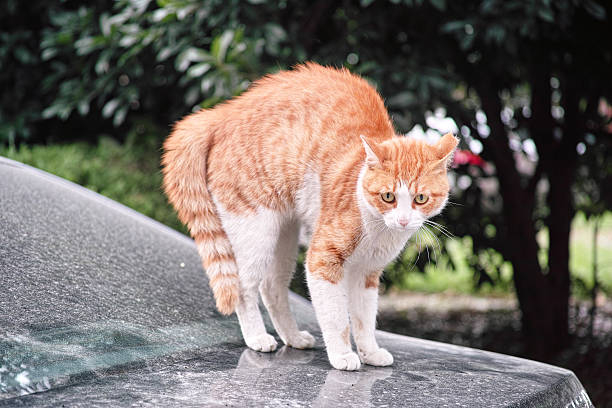
istockphoto 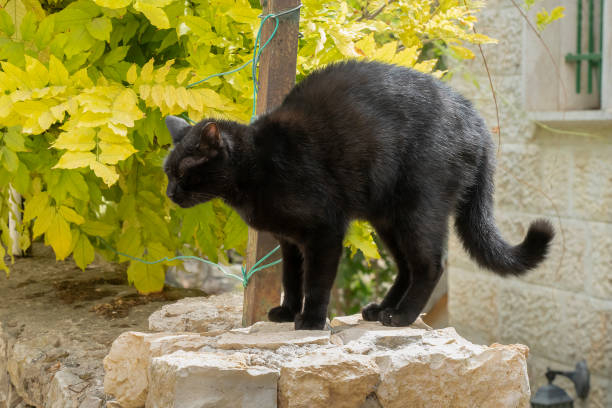
istockphoto -
The tail contains around 10% of a cat's bones and is needed to keep the animal balanced. A cat's tail is essential to its "righting reflex", which allows it to land on its feet after falling from a great height. Cats can withstand a lengthy fall because they learn agility and balance as kittens. When a cat falls, the fluid in its inner ear moves, and the cat turns its head until the fluid equalizes and is level. The cat's body moves to follow the head, and the cat falls on its feet. A cat's tail may also be used to communicate. A cat with its tail lifted high indicates that it is content.
A twitching tail indicates that it is furious or on alert, but a tail curled in close to the body indicates uneasiness or fearfulness. Tails aren't only for balance. Larger breeds of cats, such as Maine coons, can occasionally wrap their tails firmly around their bodies to keep warm in the cold. When cats move on tight routes, the tail can also be used to evaluate distances. Communication is another well-known function of cats' tails. A swishing tail indicates displeasure, a puffed-up tail indicates dominance or combat, and a fully erect tail indicates welcoming.
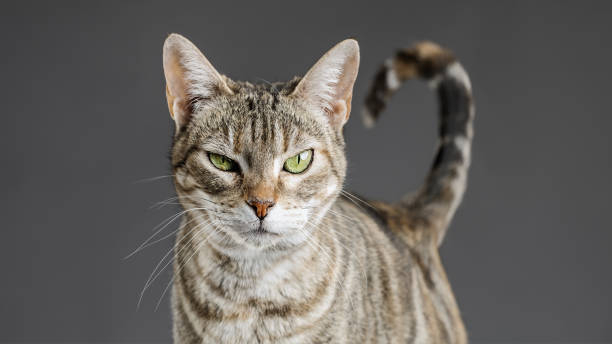
istockphoto 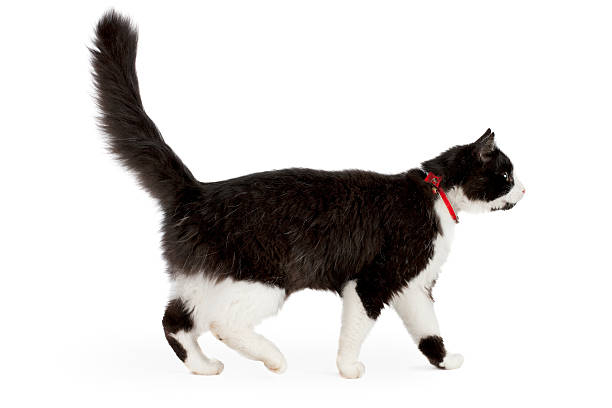
istockphoto -
Owners of rats and mice may be surprised to discover their pet rodent has scarlet tears and nasal secretions. Red crusts can form around their eyes and nose, and their forepaws can turn red from touching their faces. This redness is induced by the release of a red pigment called porphyrin rather than by blood.
This pigment is produced by the Harderian gland, which is located behind the eye. (Chromodacryorrhea is the scientific term for colored tears.) Although crimson tears are not blood, they do indicate that your pet mouse is sick since they shed these tears when they are sick or agitated.

istockphoto 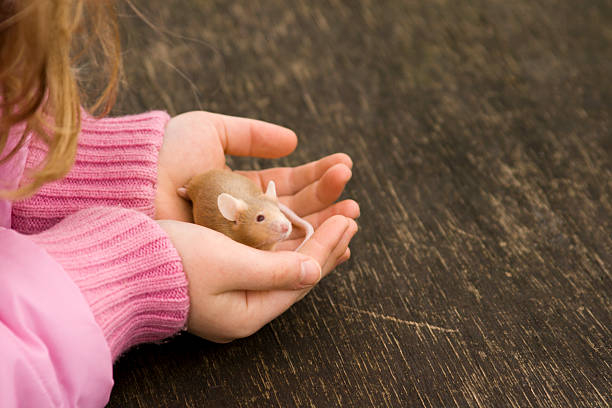
istockphoto -
Dental hygiene is an essential component of care for any animal, and abnormalities with the teeth can lead to a variety of maladies and disorders. We all know how terrible a toothache can be and how it may influence our appetite and mood. Proper dental care is much more important for guinea pigs, and if their teeth aren't properly cared for, they might develop a number of significant problems. A guinea pig, sometimes known as a 'eating machine', will spend the most of its life chomping away when not resting, thus regular dental care is essential.
Guinea pigs do not have canine teeth since they are herbivores, but their incisors are separated from their molars by a gap known as a diastema. The cheek pads extend into this space, making the molars nearly unnoticeable unless special devices are used to examine into the oral cavity. Their teeth, like ours, are protected by a layer of white enamel. This is unique in the rodent family, which generally has yellow teeth. This enamel, however, is only located on the front of the incisors so that the rear may be honed like chisels.
This is caused by your guinea pig's incisors being properly aligned, with the top teeth crossing in front of the lower teeth. Overgrown incisors are a common issue that may be avoided by allowing the pet to gnaw on wood chewing sticks. These front teeth are frequently trimmed by a veterinary surgeon (a pet doctor). Rodents are herbivorous (plant-eating) animals with digestive tracts that resemble those of other planteaters such as horses and cattle. They like nibbling and chewing with their front teeth!
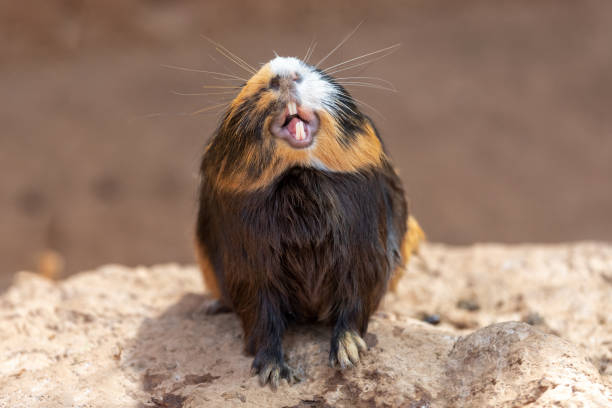
istockphoto 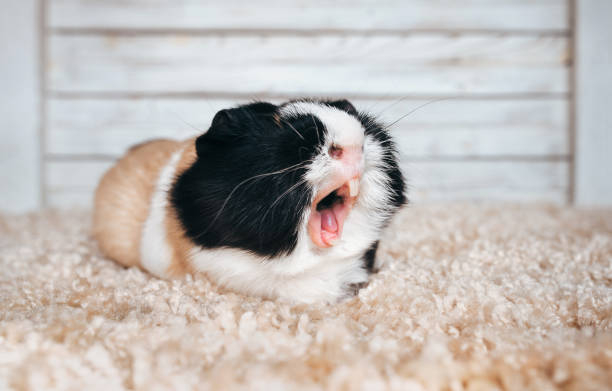
istockphoto -
Turtles, no matter what, cannot remove their shells! Because the shell is connected to the reptile's bones, a turtle cannot shimmy in and out of it. Unlike a hermit crab, which may grow out of its shell and crawl into a new, larger shell, a turtle remains stuck with the same shell its whole life. Many people believe that turtles are strong and that they cannot feel anything through their shells. That, however, is not the case. Turtles may sense being patted, scratched, tapped, or otherwise handled on their shells because their protective shells include nerve endings that allow them to experience pain.
Because a turtle can sense pain through its shell, it must be handled with caution. If you have a pet turtle, always treat it gently so that it does not suffer. Any reptile with a shell, including tortoises that live largely on land, is considered a turtle. Semi-aquatic turtles with webbing between their toes and aquatic turtles with flippers instead of feet both have shells. Yes, all turtles have shells, albeit some have softer shells than others, such as the Spiny Softshell Turtle, which resides in bodies of water across most of America.
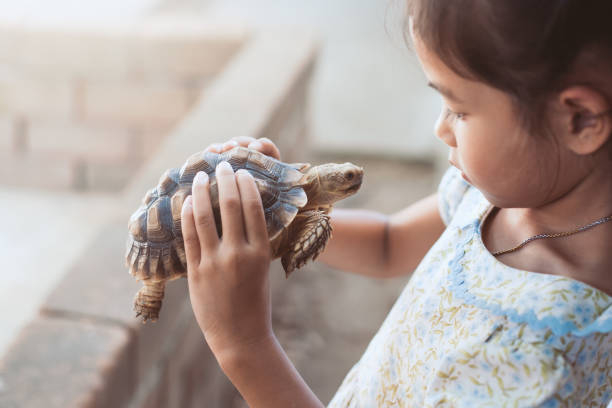
istockphoto 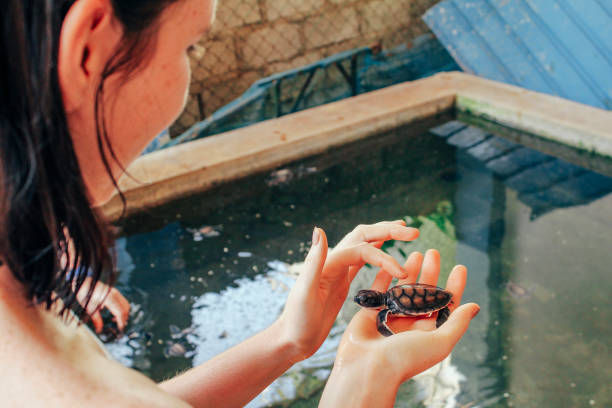
istockphoto -
Salmonella bacteria may be found in turtles and other reptiles such as snakes and lizards. Although this has no effect on the animal's health, it can cause severe illness in people. A few hygiene standards should be followed to avoid having salmonella. Above all, don't put reptiles in your mouth.
After handling a turtle, thoroughly wash your hands with soap and hot water. Young children should just gaze at reptiles and not touch them. Reptiles should not be let to roam (or slither) around the house; instead, they should be kept in cages or tanks.
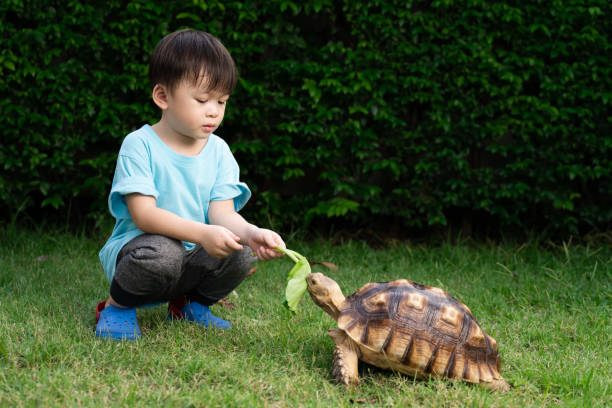
istockphoto 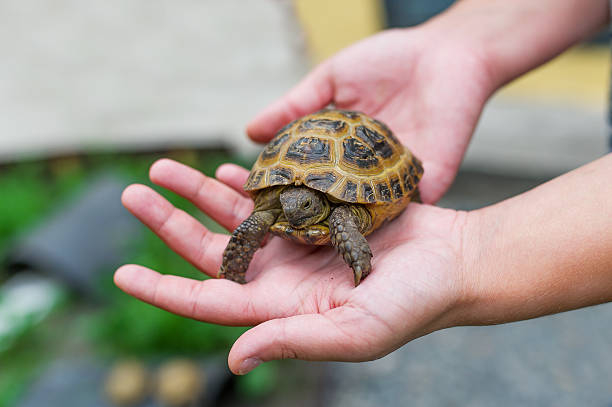
istockphoto -
Taking a pet snake outside seems like the proper thing to do for a caged animal that doesn't receive much outside time. Many owners take their snakes for a "walk" around the neighborhood. Obviously, you must follow the law and take appropriate safety precautions. Because animals are unpredictable and schools have regulations, bringing animals out in public without the agreement of both a parent and a teacher is never acceptable. Even if you have permission, some animals, such as snakes, rabbits, hamsters, gerbils, lizards, frogs, and other small critters, should be kept in their enclosures and handled with extreme caution.
Animals in public are occasionally taken out of their native environments to assist people. Guide dogs (also known as seeing-eye dogs) assist people who are blind or visually impaired in moving about towns and neighborhoods. These canines have been educated to behave appropriately on public transit, restaurants, shopping, and everywhere else their human partners go. Pet carriers are also used to transport dogs and cats to the vet, the park, or on shopping outings. They must, however, get permission from the establishment to enter, as many companies (such as restaurants and supermarkets) do not accept dogs or need them to be restrained with leashes or other ways.
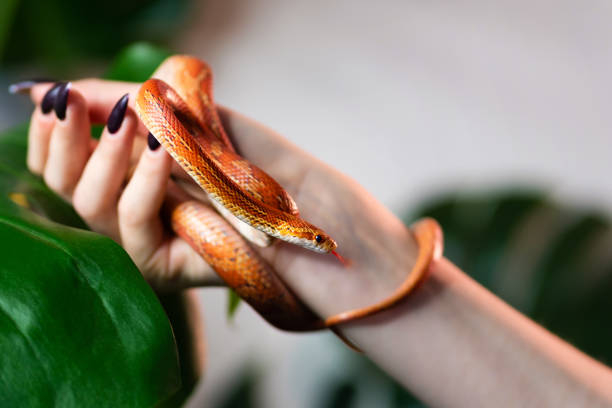
istockphoto https://www.youtube.com/watch?v=TlCNqqSSFKQ -
Your pet, like all living things, will die at some point. A pet might die as a result of old age, an accident, or sickness. Even with the assistance of a veterinarian, certain ailments are incurable. If your pet is in excruciating agony and will not recover, your parents and veterinarian may decide that the animal should be let to die, or "put to sleep." The vet can give the pet a particular shot to assist it die, making the process painless and calm. If your pet dies naturally, you should consider burying it in your backyard. However, you should first verify with your municipality or city to ensure that burial on your land is permissible.
Some states allow pet burying on private land, while others do not. Other possibilities include burial your pet in a pet cemetery or cremating it and dispersing the ashes in your yard or under a favorite tree. Whatever you decide to do after your pet dies, various feelings, such as grief, loneliness, or rage, are likely to arise. You and your family may choose to commemorate your pet in unique ways. You may hold a ceremony, share tales, compose a poem, or create a scrapbook. In addition, there are animal groups in the United States, such as the ASPCA (the American Society for the Prevention of Cruelty to Animals), that may assist you with the mourning process. A new animal cannot replace an old pet, but the moment may come when it is appropriate to acquire a new animal for everyone to enjoy.
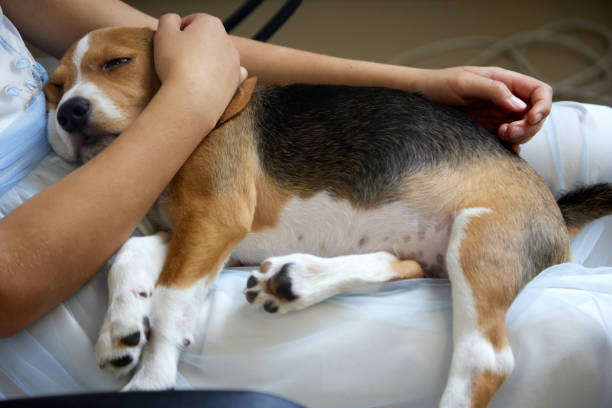
istockphoto 
istockphoto





















